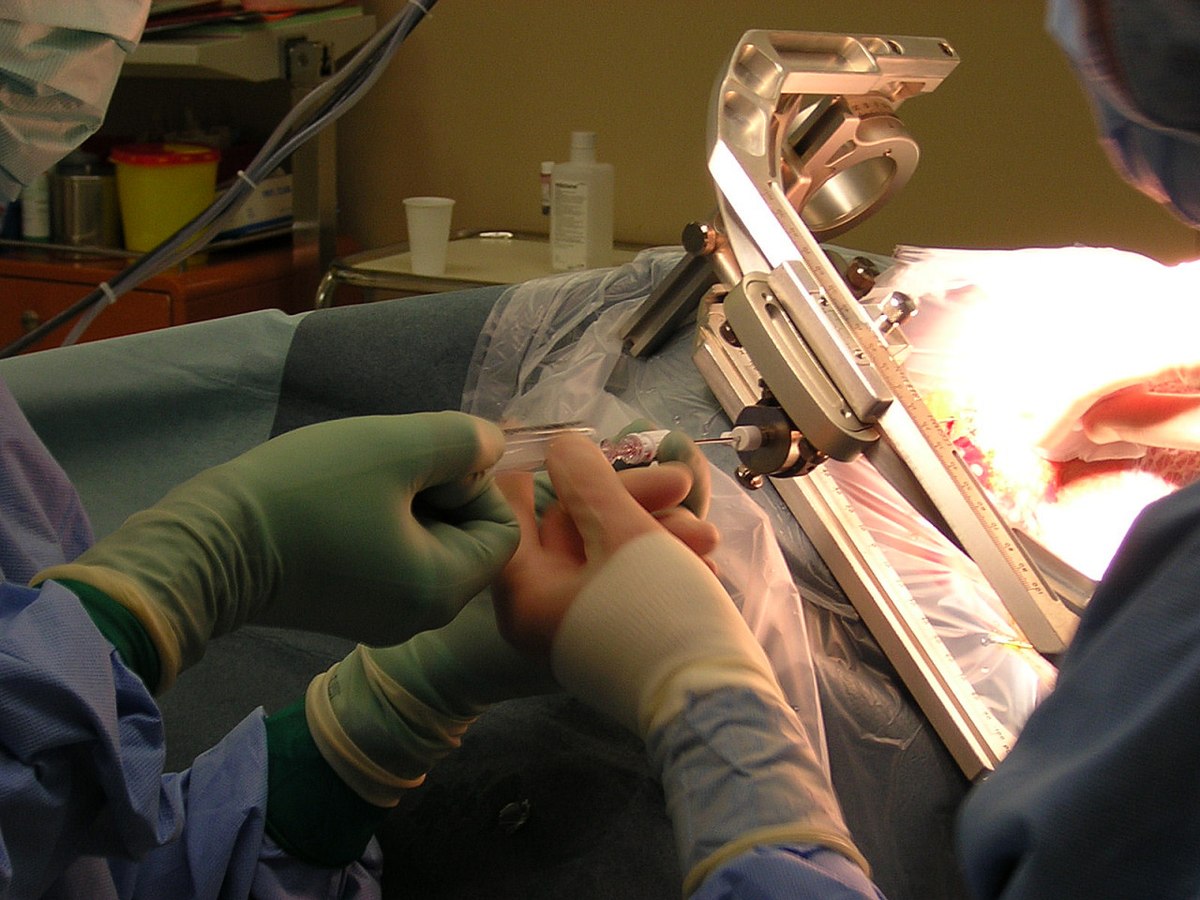In the medical field, the biopsy is an essential procedure which consists of taking tissue samples to analyze abnormalities detected during preliminary examinations. This technique is particularly used in the diagnosis of various types of cancers, including breast cancer. There are several biopsy methods, each with specific indications depending on the location and nature of the suspicious lesions. Among the main types, we find the percutaneous biopsy, including the macrobiopsy and the microbiopsy, as well as the cytological aspiration, there stereotaxic biopsy, and the ultrasound-guided biopsy. Each of these techniques plays a crucial role in the evaluation of pathological disorders and the orientation of the treatment to be followed.
|
IN BRIEF
|
Biopsies are basic medical procedures used to diagnose various conditions, including cancers. They consist of taking small samples of tissue in order to analyze them in the laboratory. Each type of biopsy has its own indications and methods, depending on the organ involved and the nature of the suspected abnormality. This article will look at the main types of biopsies and their clinical considerations.
Breast biopsies
Breast biopsies are essential in the diagnosis of breast cancer. They make it possible to determine the nature of an anomaly detected during a mammogram or a clinical examination. There are several methods of breast biopsies, including macrobiopsy and the microbiopsy.
Macrobiopsy and microbiopsy
There macrobiopsy involves taking a larger sample of tissue, usually using a hollow needle, while the microbiopsy allows you to collect smaller samples. These procedures can be performed under local anesthesia and are often guided by imaging, which improves their accuracy.
Stereotactic and ultrasound-guided biopsy
There stereotaxic biopsy is a specific technique using 3D imaging to locate suspicious lesions, while ultrasound-guided biopsy uses ultrasound to guide the sample. These methods provide a more accurate diagnosis of breast abnormalities.
Aspiration biopsies
THE aspiration biopsies are minimally invasive techniques that use a fine needle to remove cells or tissue fragments. This method is frequently used for biopsies of tissues such as the breast, there prostate or the liver.
Cytological aspiration
There cytological aspiration is a type of aspiration biopsy where cells are removed from a mass or lesion. The results obtained are often rapid, making it possible to determine whether cellular abnormalities are present.
Other types of biopsies
Apart from breast biopsies, several other types of biopsies exist, each adapted to specific clinical conditions.
Liver biopsy
There liver biopsy is used to evaluate liver diseases, such as hepatitis or cirrhosis. This sample can also help diagnose liver tumors.
Cervical biopsy
There cervical biopsy is often performed during a gynecological examination to evaluate suspicious cervical changes, thereby aiding in the detection of cervical cancer.
Liquid biopsy
There liquid biopsy is a recent development that involves blood tests to detect the presence of tumor cells or tumor markers in the blood. This non-invasive method represents a step forward in oncological diagnosis.
Conclusion on the indications for biopsies
Each type of biopsy has its own indications and methods, reflecting the importance of an individualized approach in medical diagnosis. Identifying the appropriate type of biopsy is crucial to obtaining reliable results appropriate to the patient’s needs.











